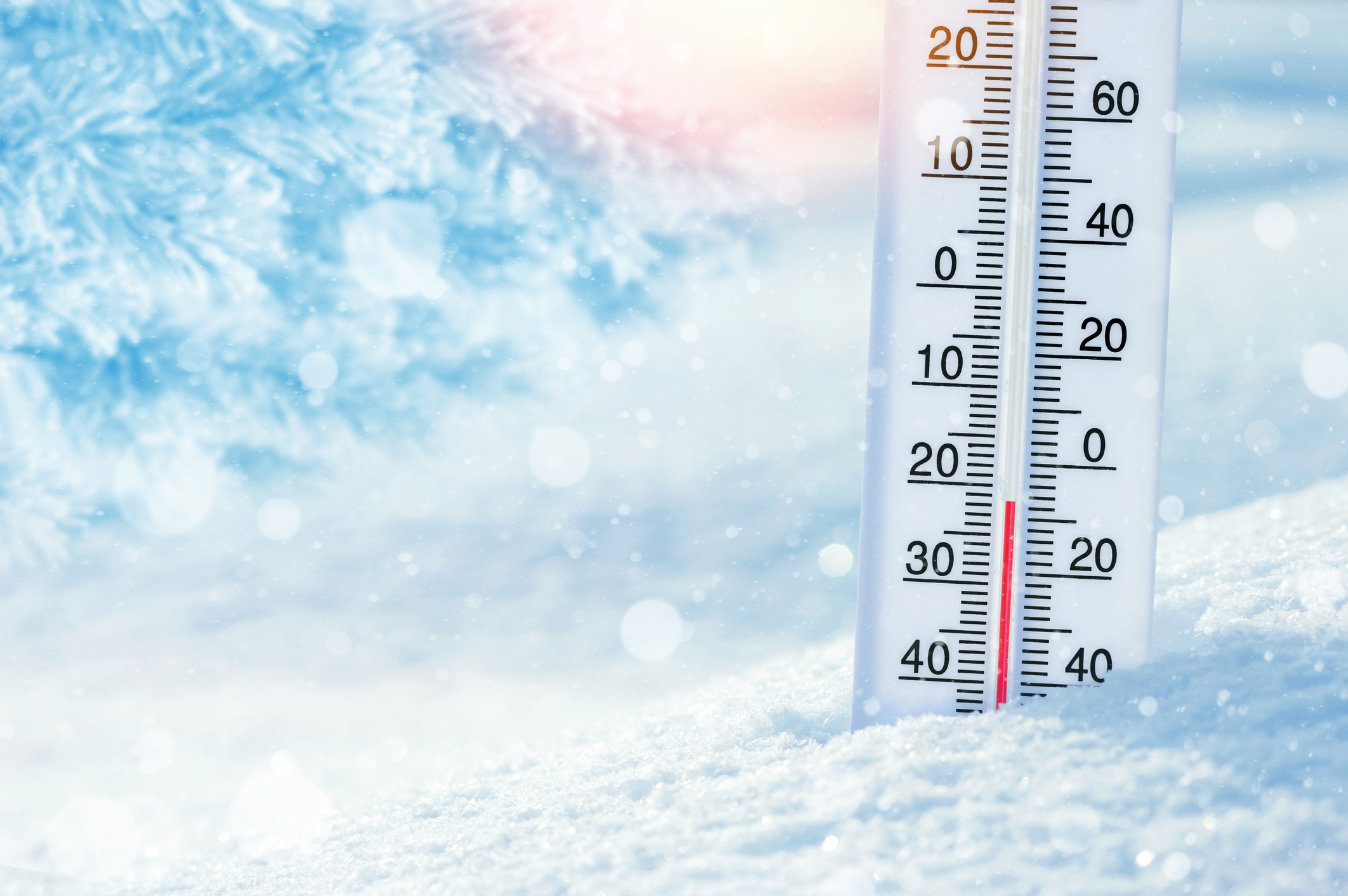Winterize your Organization against Lost Productivity
As we manage our organizations through the unique challenges of the winter season, it is important to take the necessary steps to reduce events and injuries that can take us off track. This year in particular it is important to be especially vigilant. With record low unemployment levels, most businesses are operating with very little room for any further staffing changes. As pre-pandemic activities resume with decreased restrictions, increases in other community illnesses, namely RSV and Flu have become more prevalent. Additionally, changes in weather and climate have created more severe and unexpected storms that are resulting in significant property loss.
If we start with the obvious, living in the land of “Snow and Ice” creates additional hazards to your employees, clients, property and productivity.
Slips, Trips and Falls
Slips, trips and fall incidents already account for about 25% of total workplace injuries, according to the National Safety Council. The frequency of these injuries increases when there is ice or snow on parking lots, stairs, walkways, floors, roadways and sidewalks. However, there are simple solutions to reducing these risks.
- Isolate areas that have experienced past frequent ice buildup and take steps to reduce water ponding or pooling.
- Take an assessment of mats for indoor areas that can become slippery due to snowmelt.
- Keep a supply of cones or signage on hand to help your team and the public avoid hazardous areas.
- Hire a snow removal company and establish your expectations for how, when and where to clear snow and ice from parking lots, sidewalks, stairs and walkways.
Winter Driving Hazards
Winter weather brings hazardous driving conditions and the potential for increased interruptions and workers’ compensation claims related to auto and vehicle accidents. This applies to you and your organization, whether or not you have multiple locations or have employees driving as a core part of their position.
- Communicate safe driving behaviors around distracted driving and speeding.
- Build in extra travel time to allow you adjust to road conditions.
Team Health
Aside from weather related interruptions, having the right people can help control the number of interruptions. While many organizations are operating at/or below ideal levels of staffing, taking steps to address these issues within your team is important.
- Stress — Problems at work, family troubles or other personal issues can hinder a person’s concentration. The No. 1 cause of work-related stress is interpersonal relationships (with a coworker or supervisor). The No. 1 cause of family-related stress is money (finances).
- Fatigue — Being tired or unprepared for work, often results from insomnia (perhaps from stress), lack of downtime, medications that cause drowsiness, and hot, humid or cold work environments without adequate breaks or hydration.
- Poor health — Lack of exercise, poor diet and exposure to illness are all forms poor health that can cause low performance at work. Low performance due to a physical condition or diet can be changed. Coming to work ill exposes others to illness and reduces the person’s ability to perform tasks properly, like taking shortcuts to finish a task.
- Exceeding limitations — A person might go beyond what their body can do, such as improper lifting or carrying too heavy of a load without assistance, performing more tasks than time allows, or multitasking.
- Attitude — A person’s work practices often reflect their attitude. Carelessness, apathy, lack of interest in a task, anger or recklessness can be shone from skipping procedural steps, taking shortcuts that lead to unsafe conditions, failing to wear personal protective equipment (PPE) or selecting an improper tool for the task.
- Lack of training or supervision — Inadequate training or supervision can lead to improper perceptions about safety, improper use of PPE, lack of PPE or unapproved shortcuts.
- Poor judgment — Poor judgment is often associated with a lack of or improper training. Peers might encourage or perform tasks improperly. Lack of experience in a task or improper use of a tool leads to poor decision-making.
- Complacency — Becoming overly familiar with a task can lead to monotony or robotic performance. Such complacency can result in failing to follow task completion checklists, missing a procedural step thinking it was already performed, or becoming distracted in the middle of a task and disrupting the sequence of procedures
- Poor housekeeping — Poor or inadequate housekeeping accounts for 70% of work-related injuries. Supervisors may inadvertently condone poor housekeeping by ignoring it. Poor housekeeping can expose the entire team to a hazard.
Winter Weather Hazards to your Property
Weather patterns are becoming more severe and unpredictable. Now is a great time to review how weather might affect your practice this winter.
- Discuss snow removal from the roof with your snow removal contractor.
- Monitor thermostat levels over cold weekends to avoid frozen pipes over long weekends.
- Have data backups and back-generators or battery backups in the event winter storms interrupt power.
- Establish a business continuity plan in the event a widespread weather event forces you to shut down for any period of time.
Preparation is Key
Correcting and addressing a few smaller issues today can help make your organization resilient in the face of future hazards. With winter upon us, we encourage you not to tackle the full list. Choose a few items that can bring meaningful change. Regularly assessing your preparations could make the difference between “surviving” or “thriving”.


